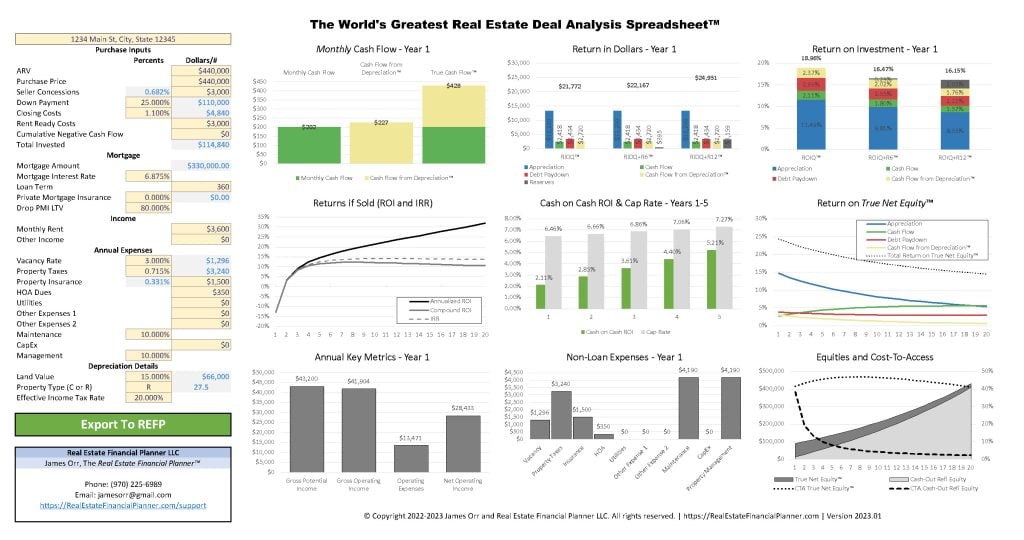Investing in multi-family properties is a lucrative avenue for generating passive income and building wealth. Unlike single-family homes, multi-family properties—ranging from duplexes to large apartment complexes—offer the advantage of multiple income streams from a single investment. However, analyzing these properties requires a deeper understanding of the market, financial metrics, and operational considerations. This guide will walk you through the essential steps and considerations for making informed investment decisions in the multi-family real estate market.
Understanding the Basics
Before diving into the analysis, it’s crucial to understand what multi-family properties are and how they differ from other types of real estate investments. Multi-family properties are defined as residential units that house more than one family, with types ranging from duplexes (two units) to large apartment buildings with more than five units.
Market Analysis
Market analysis is the foundation of any real estate investment decision. For multi-family properties, this involves understanding both the macro and microeconomic factors that influence demand.
- Location: The property’s location can significantly impact its attractiveness to potential tenants. Consider factors like employment rates, crime rates, and proximity to amenities.
- Demographics: Understanding the demographic trends in the area can help you predict the demand for rental units.
- Rental Trends: Analyze the average rent prices, occupancy rates, and rental demand in the neighborhood.
Financial Analysis

Download the latest version of The World’s Greatest Real Estate Deal Analysis Spreadsheet™ for free.
Financial analysis involves examining the numbers to determine the potential return on investment (ROI). Key metrics to consider include:
- Gross Rental Income: The total income generated from all occupied units.
- Operating Expenses: These include property management, maintenance, taxes, insurance, and utilities. Typically, operating expenses are estimated to be around 50% of the gross rental income, known as the 50% rule.
- Net Operating Income (NOI): This is the gross rental income minus operating expenses, excluding mortgage payments.
- Cap Rate: The capitalization rate is calculated by dividing the NOI by the property’s current market value. It provides an indication of the potential return on investment.
- Cash Flow: The net amount of cash generated from the investment after all expenses, including mortgage payments, are subtracted from the NOI.
Physical and Operational Considerations
Beyond the numbers, physical and operational factors also play a crucial role in the analysis of multi-family properties:
- Condition of the Property: Assessing the physical condition of the property can help estimate the immediate repairs or maintenance required.
- Property Management: Consider whether you’ll manage the property yourself or hire a property management company. The latter can significantly impact your operating expenses.
- Tenant Relations: Multi-family properties require managing relationships with multiple tenants, which can be more complex than single-family rentals.
Legal and Regulatory Considerations
Understanding the legal and regulatory landscape is essential for multi-family property investors. This includes zoning laws, rent control regulations, and compliance with local building codes.
Conclusion
Analyzing multi-family properties involves a comprehensive approach that combines market analysis, financial metrics, and operational considerations. By carefully evaluating these factors, investors can make informed decisions that maximize returns while minimizing risks. Remember, each property is unique, and due diligence is key to identifying the best investment opportunities in the multi-family real estate market.
Investing in multi-family real estate offers a path to financial freedom and wealth accumulation. With the right analysis and strategies, you can build a portfolio that provides stable income and long-term growth. Happy investing!
